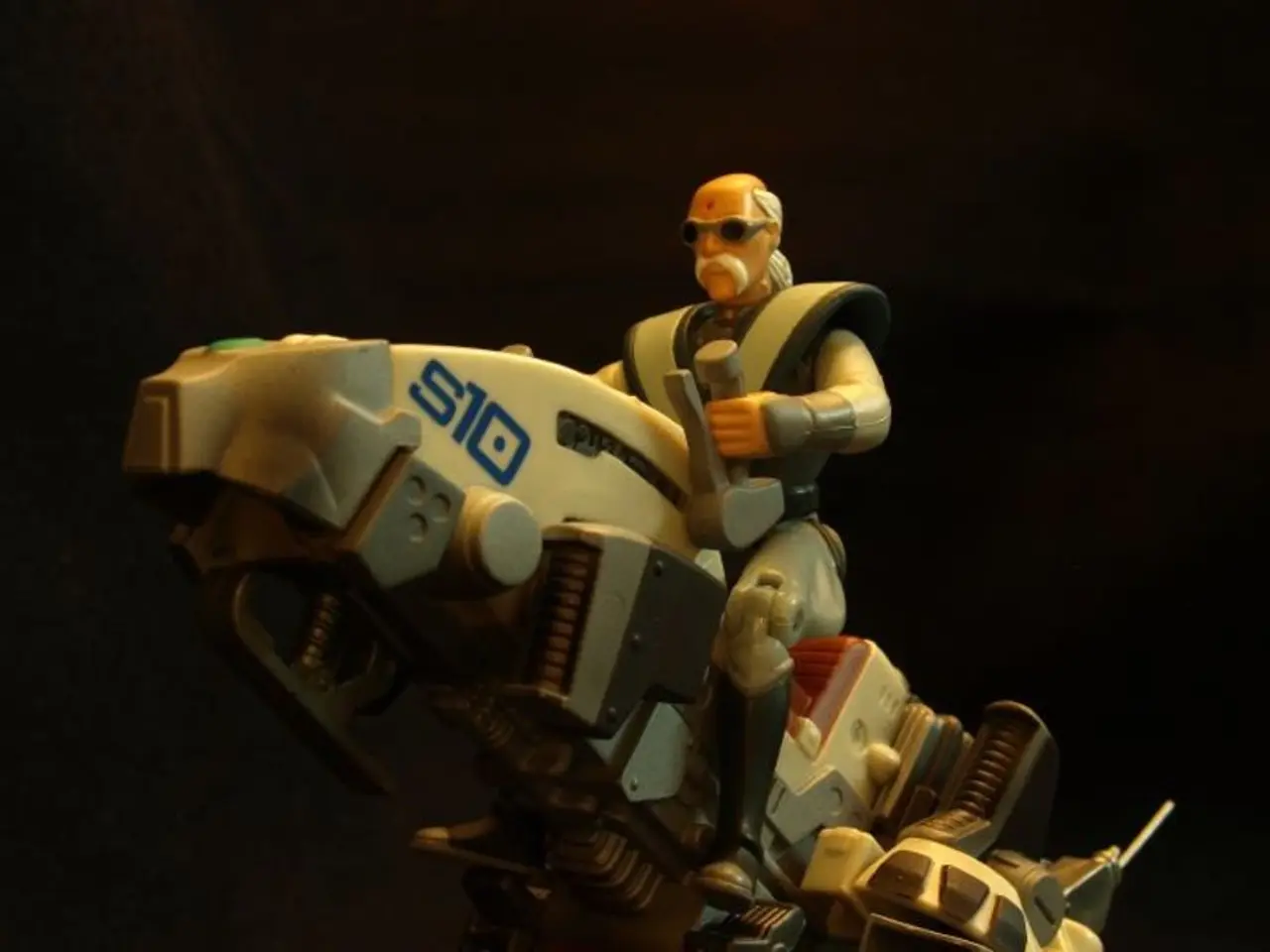Tesla Accumulates 7 Million Vehicles, Previews Robotic Future during Company-wide Gathering
Tesla, the pioneering electric vehicle (EV) manufacturer, continues to push the boundaries of technology and innovation. The company has announced several exciting projects that aim to revolutionise various industries, from autonomous driving to robotics.
Full Self-Driving (FSD)
Tesla plans to launch its unsupervised Full Self-Driving (FSD) feature, capable of SAE Level 5 autonomy, by June 2025 initially in Austin, Texas. The goal is to enable vehicles to operate without human oversight in defined environments. A major FSD software update with substantial improvements, reducing the need for driver attention in most conditions (except complex intersections or heavy weather), is set for rollout in September 2025. However, Tesla still plans to have a human safety monitor in the vehicle during limited current Robotaxi testing, indicating full regulatory approval and driverless operation are pending [1][2][4].
Optimus Humanoid Robots
Tesla aims to produce about 5,000 units of its humanoid robot, Optimus, in 2025 and scale up to around 50,000 by the end of 2026. The robots are expected to handle home tasks, manufacturing work, and more. Despite this aggressive ramp, details on timelines remain less specific compared to FSD, and recent executive departures from the robotics division suggest potential internal challenges [4].
Megapacks and Power Solutions
Megapacks are being deployed globally to stabilise power grids and increase electricity availability. Tesla has also recently completed a new Megapack factory in China in record time. Moreover, Tesla's Powerwall 3 is now available for homes, enabling power maintenance during outages.
EV Production and Expansion
Tesla has produced 7 million electric vehicles to date. The Model Y is the world's best-selling car for a second year in a row. Tesla's Supercharger network has expanded significantly, enabling easy road trips across North America, Europe, and Asia. The company is also manufacturing a new version of Optimus, featuring a 22-degree-of-freedom hand and advanced AI.
Innovations in Manufacturing
Tesla is accelerating manufacturing capabilities with innovations such as high-speed casting machines. The new V4 Supercharger enables charging speeds up to 500 kW, with Tesla Semi trucks charging at 1.2 megawatts. Tesla's Cortex One data center runs over 50,000 GPUs and plans to double that soon.
In summary, Tesla's timelines remain ambitious, and the company continues to face skepticism due to past delays and technical/regulatory hurdles. However, Tesla's mission is evolving towards delivering "sustainable abundance" through a combination of autonomous technology, solar energy, battery storage, and robotics.
[1] Tesla projects launching its unsupervised Full Self-Driving (FSD) feature, capable of SAE Level 5 autonomy, by June 2025 initially in Austin, Texas, with the goal of enabling vehicles to operate without human oversight in defined environments. [2] Tesla plans to deliver exceptional customer care in its service experience. [3] Tesla plans to produce about 5,000 Optimus units in 2025 and aims to scale up to around 50,000 by the end of 2026. [4] Despite this aggressive ramp, details on timelines remain less specific compared to FSD, and recent executive departures from the robotics division suggest potential internal challenges. [5] A major FSD software update with substantial improvements, reducing the need for driver attention in most conditions (except complex intersections or heavy weather), is set for rollout in September 2025. However, Tesla still plans to have a human safety monitor in the vehicle during limited current Robotaxi testing, indicating full regulatory approval and driverless operation are pending.
- Tesla's Mission is expanding towards delivering sustainable abundance through a combination of autonomous technology, solar energy, battery storage, and robotics.
- The company plans to produce around 5,000 units of its humanoid robot, Optimus, in 2025, with a goal of scaling up to 50,000 units by the end of 2026.
- The manufacturing industry may witness advancements with Tesla's acceleration of manufacturing capabilities using high-speed casting machines and the V4 Supercharger, enabling charging speeds up to 500 kW.
- With the unsupervised Full Self-Driving (FSD) feature set for rollout in September 2025, Tesla aims to reduce the need for driver attention in most conditions, except complex intersections or heavy weather. The company plans to initiate the FSD feature in Austin, Texas, by June 2025, with a target of SAE Level 5 autonomy.




